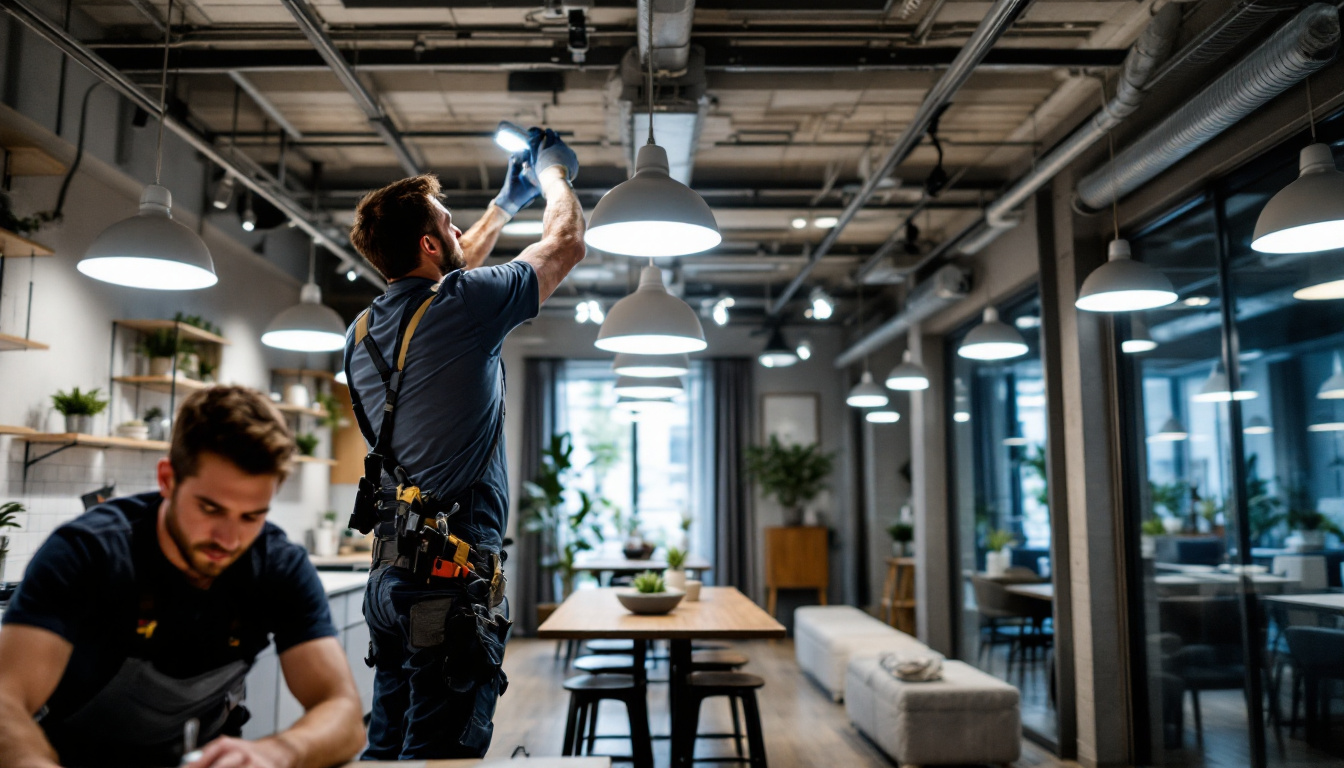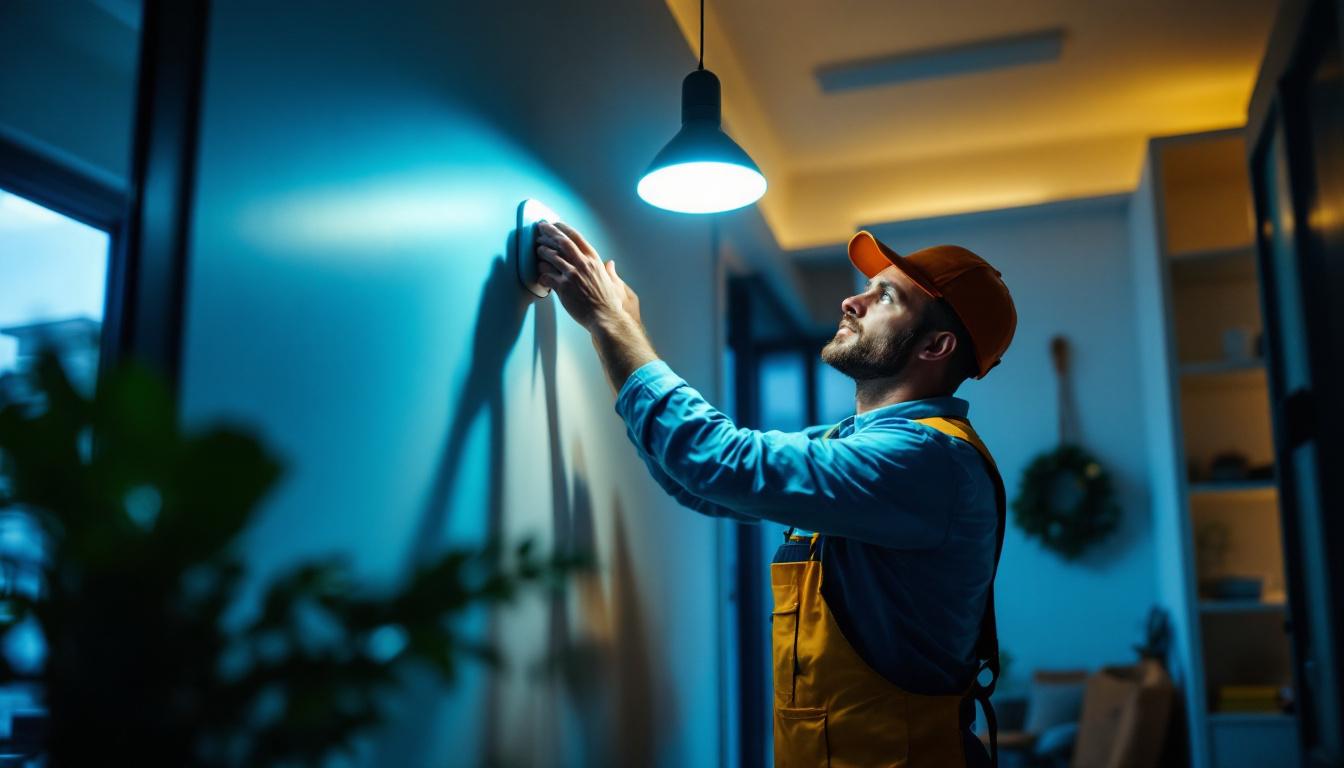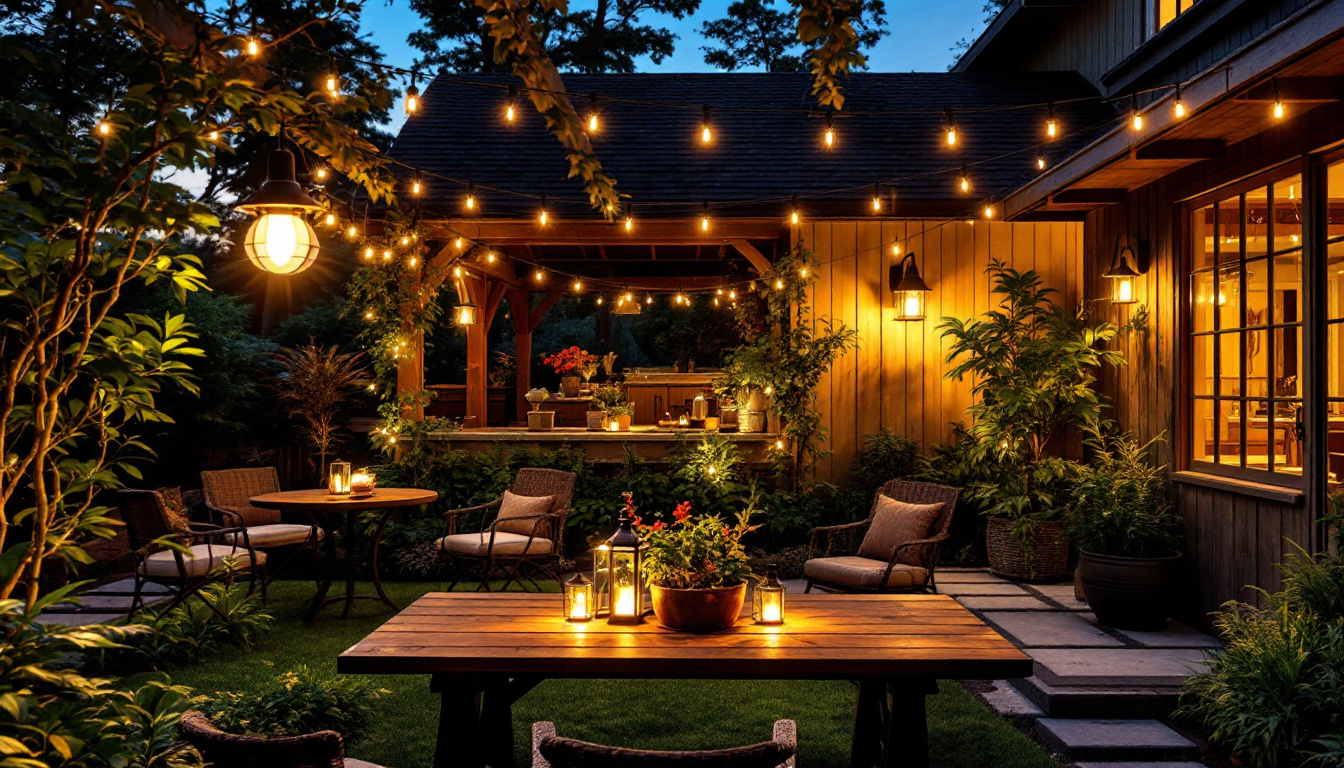
Lighting retrofit projects have become increasingly important for businesses and facilities looking to enhance energy efficiency, improve aesthetics, and reduce operational costs. For lighting contractors, mastering the art of lighting retrofits can set them apart in a competitive market. This article delves into the secrets of successful lighting retrofits, providing valuable insights and strategies that can elevate the quality of work and client satisfaction.
Before diving into the intricacies of lighting retrofits, it is essential to grasp the fundamental concepts. A lighting retrofit involves replacing outdated lighting fixtures with modern, energy-efficient alternatives. This process not only improves the quality of light but also significantly reduces energy consumption, resulting in lower utility bills. Additionally, the transition to energy-efficient lighting can contribute to a more sustainable environment by lowering greenhouse gas emissions associated with energy production.
Lighting retrofits can vary in scope, ranging from simple bulb replacements to comprehensive overhauls of an entire lighting system. Understanding the specific needs of each project is critical for contractors aiming to deliver tailored solutions that meet client expectations. Factors such as the type of space, usage patterns, and existing infrastructure play a vital role in determining the best approach for a successful retrofit. Moreover, engaging with clients to discuss their lighting goals and preferences can lead to more satisfying results.
There are several types of lighting retrofits that contractors should be familiar with. These include:
Lighting retrofits offer numerous advantages that extend beyond mere aesthetics. Some of the key benefits include:
Furthermore, lighting retrofits can enhance workplace productivity and employee satisfaction. Studies have shown that well-lit environments can lead to increased focus and reduced eye strain, which is particularly important in office settings. Additionally, the aesthetic appeal of modern lighting can create a more inviting atmosphere for both employees and clients, fostering a positive impression of the business. Beyond the workplace, retrofitting can also benefit retail spaces, where the right lighting can highlight products effectively and influence customer purchasing decisions.
Moreover, the integration of smart lighting systems into retrofits allows for greater control and customization. These systems can be programmed to adjust brightness based on natural light levels or occupancy, further optimizing energy use. The ability to control lighting remotely via smartphone apps or centralized systems adds a layer of convenience and adaptability that traditional lighting setups lack. As technology continues to evolve, the potential for innovative lighting solutions in retrofits will only expand, making it an exciting area for contractors and clients alike.
Successful lighting retrofits begin with a thorough assessment of client needs. Understanding the specific requirements and preferences of clients is crucial for delivering a solution that meets their expectations.
Contractors should engage in open discussions with clients, asking questions about their goals, budget constraints, and any specific concerns they may have regarding their current lighting setup. This collaborative approach not only fosters trust but also ensures that the final design aligns with the client’s vision.
A lighting audit is an essential step in the retrofit process. This involves evaluating the existing lighting system to identify areas for improvement. Key components of a lighting audit include:
In addition to technical assessments, understanding client preferences is vital. Some clients may prioritize energy savings, while others might focus on aesthetics or specific lighting effects. By discussing these preferences upfront, contractors can tailor their recommendations accordingly.
Furthermore, showcasing different lighting styles and technologies can help clients visualize the potential outcomes of the retrofit. Using samples or mock-ups can be particularly effective in demonstrating the benefits of various options.
The choice of lighting technology plays a crucial role in the success of a retrofit project. With numerous options available, contractors must stay informed about the latest advancements in lighting technology to make informed recommendations.
LED lighting has become the go-to choice for many retrofits due to its energy efficiency, longevity, and versatility. However, other technologies, such as OLEDs and smart lighting systems, may also be suitable depending on the specific needs of the project.
LED lighting offers a range of benefits that make it an attractive option for retrofits:
Smart lighting systems are gaining popularity in retrofit projects due to their ability to enhance energy efficiency and user experience. These systems can be controlled remotely, allowing users to adjust lighting levels, colors, and schedules based on their preferences.
Integrating smart technology into a retrofit can also provide valuable data on energy consumption and usage patterns, enabling businesses to optimize their lighting strategies further. Contractors should consider the potential benefits of smart lighting when discussing options with clients.
A well-designed lighting layout is crucial for achieving the desired outcomes of a retrofit. Contractors must consider various factors, including the purpose of the space, the activities taking place, and the desired ambiance.
Effective lighting design involves balancing functionality with aesthetics. The layout should provide adequate illumination for tasks while creating a visually appealing environment. This often requires a combination of ambient, task, and accent lighting to achieve the right balance.
There are several types of lighting design strategies that contractors can employ in a retrofit project:
Incorporating lighting controls into the design can significantly enhance the functionality and efficiency of a lighting system. Dimmers, occupancy sensors, and timers can help optimize energy use and improve user experience.
For instance, occupancy sensors can automatically turn lights on or off based on the presence of individuals in a space, reducing energy waste. Dimmers allow users to adjust light levels according to their preferences, creating a more comfortable environment.
Once the design and technology have been finalized, it’s time to implement the retrofit. This phase requires careful planning and execution to minimize disruptions and ensure a smooth transition.
Contractors should develop a detailed project plan that outlines the timeline, necessary resources, and any potential challenges. Communication with clients throughout this process is essential to keep them informed and engaged.
Effective project management is crucial for ensuring that the retrofit is completed on time and within budget. Contractors should establish clear timelines for each phase of the project and communicate these to the client.
Regular check-ins and updates can help address any issues that arise during the implementation phase, allowing for quick resolutions and maintaining client satisfaction.
Safety should always be a top priority during a lighting retrofit. Contractors must adhere to local building codes and safety regulations to ensure that the installation is compliant.
Additionally, providing safety training for workers and ensuring that proper safety equipment is used can help prevent accidents and injuries on the job site. This commitment to safety not only protects workers but also enhances the contractor’s reputation.
After the retrofit is complete, conducting a post-evaluation is essential to assess the effectiveness of the project. This evaluation should include measuring energy savings, assessing light quality, and gathering feedback from the client.
By analyzing the results, contractors can identify areas for improvement and apply these insights to future projects. This continuous improvement approach not only enhances the quality of work but also builds long-term relationships with clients.
Client feedback is invaluable in understanding the success of a retrofit project. Contractors should encourage clients to share their thoughts on the new lighting system, including any challenges they may have encountered.
By actively seeking feedback, contractors can demonstrate their commitment to client satisfaction and make necessary adjustments to improve future projects.
Monitoring energy savings post-retrofit is crucial for demonstrating the value of the project to clients. Utilizing energy management systems can help track energy consumption and savings over time, providing tangible evidence of the benefits achieved.
Sharing this data with clients not only reinforces the success of the retrofit but also opens the door for future projects and referrals.
Mastering the art of lighting retrofits requires a combination of technical knowledge, design skills, and effective communication. By understanding client needs, choosing the right technology, and implementing thoughtful designs, lighting contractors can deliver exceptional results that enhance energy efficiency and aesthetics.
As the demand for energy-efficient solutions continues to grow, contractors who embrace these principles will position themselves as leaders in the industry. By continuously improving their skills and staying informed about the latest trends, lighting contractors can ensure their success in the ever-evolving world of lighting retrofits.
Ready to take your lighting retrofit projects to the next level? At LumenWholesale, we provide you with the highest quality, spec-grade lighting products at prices that make sense for your business. Say goodbye to local distributor markups and hello to our unbeatable wholesale rates. Our wide selection is designed to meet rigorous industry standards, ensuring that every retrofit you undertake is equipped with reliable and efficient lighting solutions. Plus, with free shipping on bulk orders, you can stock up on superior lighting without worrying about hidden costs. Elevate your retrofit services with the perfect combination of quality, value, and convenience at LumenWholesale.

Discover how understanding standard bulb base sizes can future-proof your lighting projects.

Discover how lighting contractors can excel in the installation and optimization of human sensor lights.

Discover why staying informed about Type G 40-watt light bulbs is crucial for lighting contractors.

Discover essential insights for lighting contractors on gooseneck and barn lights.